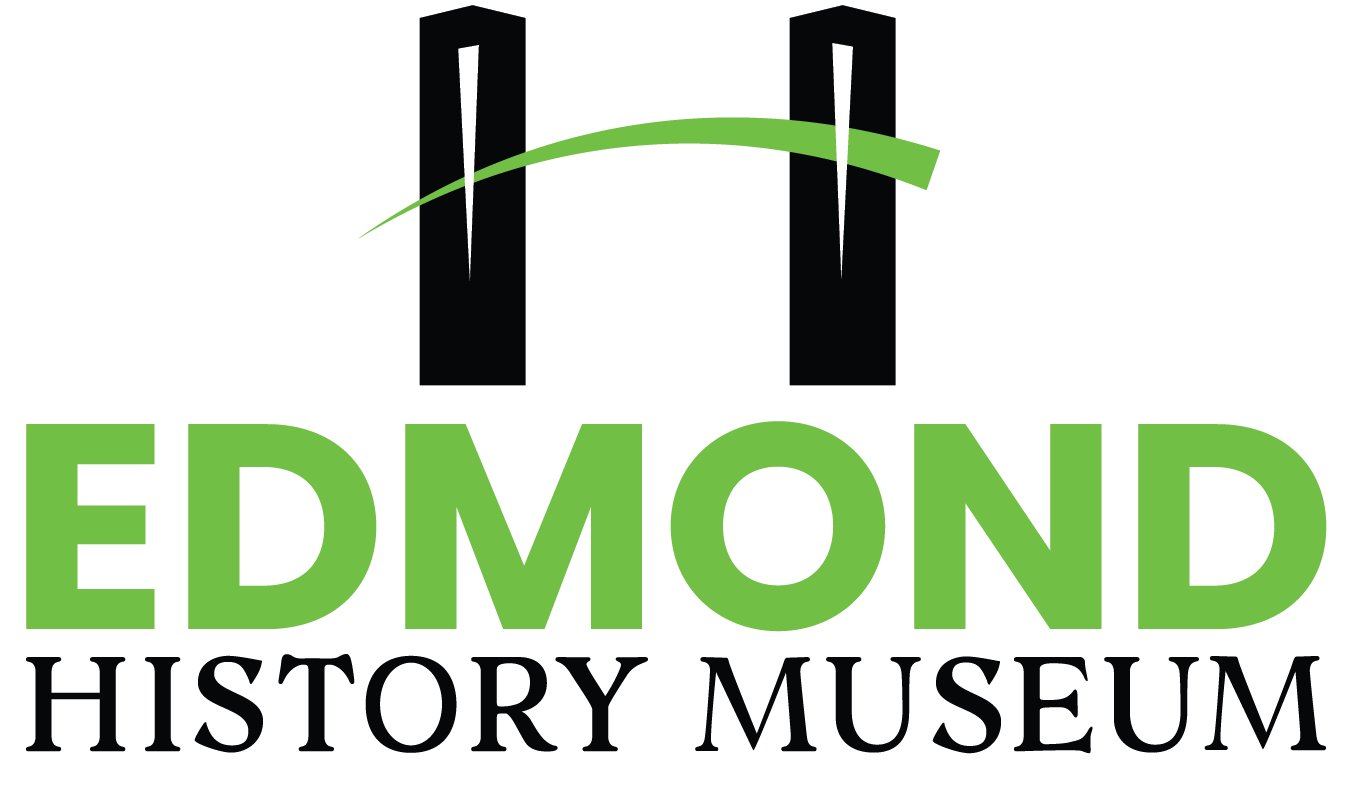We all have iconic Gatsby images in our mind about the 1920s—the drinking, the partying, the jazz, the rebellion. NOT in Edmond.
By American standards, Edmond was squeaky clean. The town was openly supportive of prohibition. The college students, all training to be school teachers, mostly kept themselves out of trouble to keep from jeopardizing their future career. No known speakeasies, no big scandal. Disappointed?
As exhibit designer, I confess to a moment of panic. So what story would this exhibit tell? I dug deeper, and the results were satisfying. I discovered that Edmond was the town I would have wanted to live in. Do live in.
Instead of Roarin’
The citizens engaged in civic activities to grow and improve the city. They opened their homes to 4,000 college students who had no dorm. They had tea parties and fundraisers and parades. Church attendance was high. Education was a priority. Because of the college, Edmondites had sporting events to attend and unprecedented access to the arts and traveling performers. And yes, the ladies wore some lovely flapper dresses—they just didn’t have a cigarette or bottle in hand to accessorize.
After learning further about 1920s Edmond, I felt pretty proud. Mostly. The truth is, no town nor time in history is without problems. Back then, it was largely acceptable behavior for Edmond to participate in the Klu Klux Klan and sundowner activities. What Edmond lacked in traditional rebellious behavior, it also lacked in the rich culture that African Americans would have brought to the young town.
As Ain’t We Got Fun? developed, I got a clearer picture of the business of the era. The train track, which gave Edmond its start, created the geographical “line” along which businesses sprang up. Edmond had its own hardware store, bookstore, barber shop, mechanic, flour mill and movie heater, but it was still fun to catch the streetcar to Oklahoma City to shop for clothes. The increase in automobile traffic necessitated paved streets instead of dirt streets and wooden sidewalks. Overall, Edmond was converting from a pioneer town to a city.
No Shrinking Violets
The most elusive aspect of researching 1920s Edmond was the women’s right to vote. I searched high and low for a suffragette rally…to no avail. Maybe it was editorial bias, but none of the local or college newspapers made a “to-do” about the 19th Amendment, which passed in 1920. Of course, Oklahoma passed women’s right to vote in 1918, but I still found hardly a mention. Edmond women did vote, participated in chamber of commerce decisions, and held leadership positions in the Republican and Democratic parties. Because Edmond women already had a take-charge reputation, I interpret the silence on women’s votes as, “Of course women are involved in politics.”
As is always the case—more information will reveal itself after the exhibit opens. Fortunately, Ain’t We got Fun? will run for a full year. Every 3 months, artifacts will rotate out—so new discoveries can easily be added. The highlight of the exhibit will surely be the iconic clothing, some on loan from other local museum. The gorgeous, beaded flapper-style dresses alone are worth a visit every three months.
So if you’re expecting the Ain’t We Got Fun exhibit to have a Gatsby-esque flair, you will be satisfied by the Art Deco beauty of the era. The storyline of this exhibit is also satisfying—because Edmond was a busy, active town that worked hard to do right. Just like the town I would have wanted to live in. Do live in.

